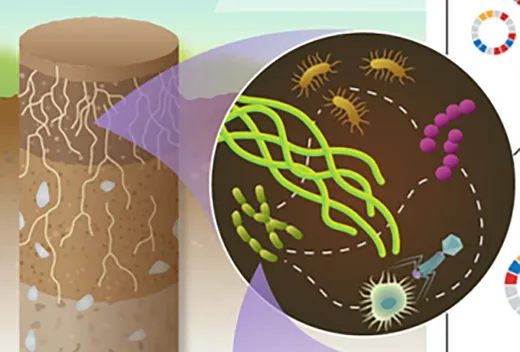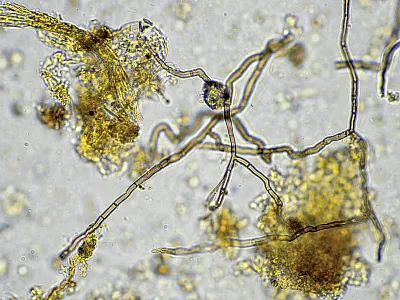Secrets of Soil: Exploring the Microbiome and Its Applications

The term “microbiome” refers to a collective assembly of microorganisms within a specific environment, including fungi, bacteria, and viruses, influencing dynamic functions within the system. Microbes play a pivotal role in the production of various food items, wines, and medicinal compounds. Their significance in agriculture and ecology is monumental, which will be explored in this two-part series.
Table of contents

Unlocking the Secrets of Soil: Exploring the Microbiome and Its Applications—Part 1
The term “microbiome” refers to a collective assembly of microorganisms within a specific environment, including fungi, bacteria, and viruses, influencing dynamic functions within the system. Microbes play a pivotal role in the production of various food items, wines, and medicinal compounds. Their significance in agriculture and ecology is monumental, which will be explored in this two‐part series. In this first part, we’ll cover microbiome components and applications, the rhizosphere and microbiome interaction, and environmental factors determining the soil–microbe–plant interactions.
View the entire series.

Unlocking the Secrets of Soil: Exploring the Microbiome and Its Applications—Part 2
The term “microbiome” refers to a collective assembly of microorganisms within a specific environment, including fungi, bacteria, and viruses, influencing dynamic functions within the system. Microbes play a pivotal role in the production of various food items, wines, and medicinal compounds. Their significance in agriculture and ecology is monumental, which will be explored in this two‐part series. In this second part, we’ll discuss the microbiome’s role in plant adaptation and driving the biogeochemical processes in soil across scales, mathematical and statistical modeling of plant–soil–microbe interactions, and areas of future research.
View the entire series.




